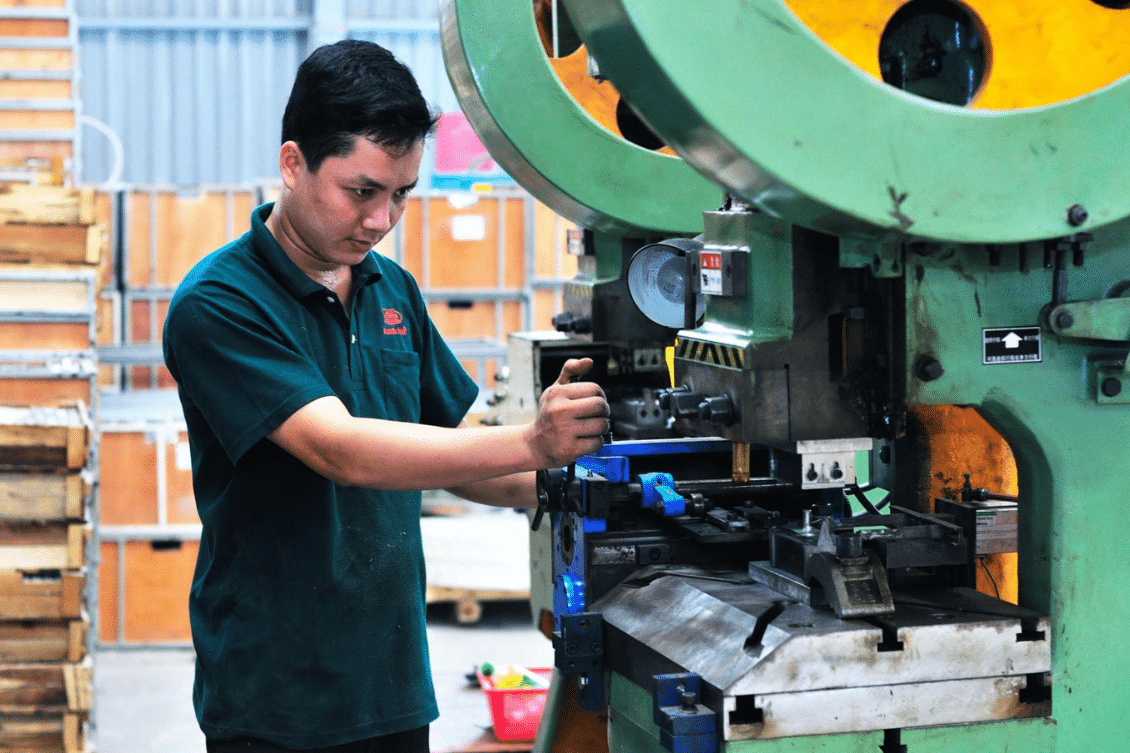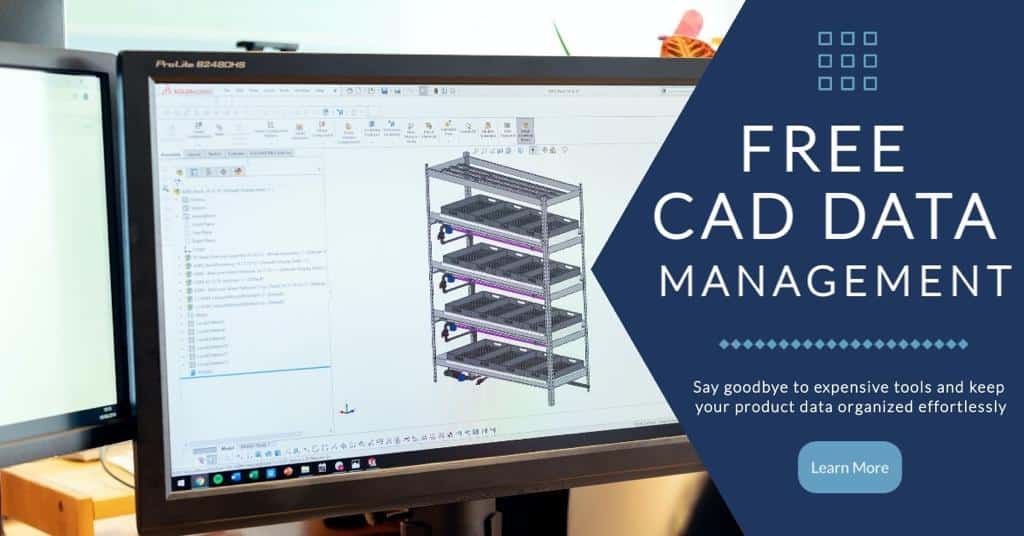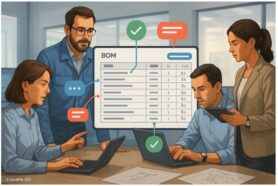
During a certain point in a manufacturer’s life, they will need to search for, evaluate, and choose the right contract manufacturer (CM). For small manufacturers, this decision can make the difference between success and failure. Therefore, the importance of following the correct steps and fully evaluating CMs based on criteria that are important for you and your industry is important.
Small manufacturers often have innovative ideas, entrepreneurial spirit, and the determination to bring their products to market. However, the transition from a prototype to full-scale production can be challenging. It requires finding a CM that not only understands your vision but can also deliver it efficiently, cost-effectively, and to the highest quality standards.
In this guide, we will walk you through each crucial step of the process, from understanding your unique manufacturing needs to finalizing contracts and ensuring a smooth transition to production. By the end of this journey, you’ll be well-prepared to make an informed decision about which CM is the best fit for your project.
Understanding Your Needs
Before you can embark on the journey of finding the right CM for your product, it’s essential to have a crystal-clear understanding of your project’s specific needs. This foundational step will guide your decision-making throughout the sourcing process. Here’s how to go about it:
Defining your Product Specifications
You have most likely been developing this product for years. However, when you pass this to a company to build it for you, they will see it for the first time. They don’t have the product understanding that you do. Therefore, it’s very important to for all this product data to be captured and presented in a way that’s easy to understand and comprehend.
There are three things to define in your product specifications:
- Product Description
- Technical Specifications
- Quality Standards
Determine your Product Volume and Timeline
While we all hope to have large volumes instantly, that is never the case. Manufacturers need to eliminate financial risk by slowly scaling up production. While they might have a goal for 2 years to sell X number of units, they can’t start there.
They need to start with smaller production runs and maybe purchase the units that might be more expensive than purchasing them in larger quantities for a discounted price. However, ordering larger volumes for a cheaper price is never a good way to start because you are putting a strain on cash flow and will have additional expenses, such as warehouse and inventory.
When offering your volume and timeline, you should provide the following:
- Production Volume (you can give a few options)
- Project Timeline
- Scalability
Due Diligence
Now that you have an understanding of your needs, you can start to find CMs that offer a solution for you. The goal here is to identify CMs that align with your requirements and goals.
At this stage, you will want to narrow it down as much as possible. To start, you can figure out whether you want to manufacture your product locally or outsource to another country, and then you can go down a list of priorities that are important for you. Regardless, finding a supplier that can relate to your mission statement and support you through the processes is the key.
Evaluation Checklist
Before you hop on a plane or send all of your product data to your supplier, you should get to know them first. Let’s first make sure they are a good fit for your company. You can do this by asking a number of questions. Here are a few things you need to consider at this moment:
- Their size
- The other products they make
- Their equipment
- Certifications
- Their quality standard
- How they communicate
- Number of engineers
- Their finances
Request for Quotation (RFQ)
After identifying a number of CMs that align with your product requirements and who can provide sufficient support for you to go from development to production, the next step is to reach out for a request for quotation (RFQ).
If the CM gets to this stage of the evaluation then that means that you trust them with your IP, and you think they are worth considering building your product. The next step to test the capabilities is to offer them and a few other CMs with your product data so they can quote out your product. Usually, it’s just not a quote but it also offers insights into certain design changes to optimize fabrication and assembly.
Here is what you need to send your CM during the RFQ steps:
- Bill of Materials (BOM)
- Quantity Requirements
- Quality Standards
- Pricing Info / Target Price
- Assembly Steps
- Product Drawings
Final Selection
After your evaluation and receiving quotes from CMs, you should be in a better position to narrow down your search and even decide which CM is best suited for you.
During the final selection process you’ll need to evaluate all of the CMs based on a few key criteria that are the following:
- Responses
- Quotes
- Cost vs Quality
- References
- Timeline
Oftentimes, you negotiate with a few CMs before you come to the final conclusion of which CM you should be working with. These negotiations are usually based on payment terms, investment, costs, etc…
What to do Today?
Going from development to production is never easy. Each time you do it, new challenges come up that make you proceed on a different path. However, as you proceed, there is one thing that’s common. The way you manage can help to dictate the speed and efficiency of each step. Whether you are searching for parts of a past prototype, trying to figure out which adhesive was used, or finding the quality requirements for a specific component, it all comes down to one thing. And this is the way you manage your engineering and product data.
OpenBOM is a cloud-based PDM & PLM platform to manage your engineering and manufacturing data. Companies from startups to Fortune 500s use OpenBOM to create a centralized database to bring in, store, and manage their manufacturing data. With this infrastructure, users also use OpenBOM to streamline both their change management and PO processes.
If you need to improve the way you manage your data and processes, share data instantly, or collaborate with contractors and suppliers. contact us today for a free consultation.
Regards,
Jared Haw
Join our newsletter to receive a weekly portion of news, articles, and tips about OpenBOM and our community.











